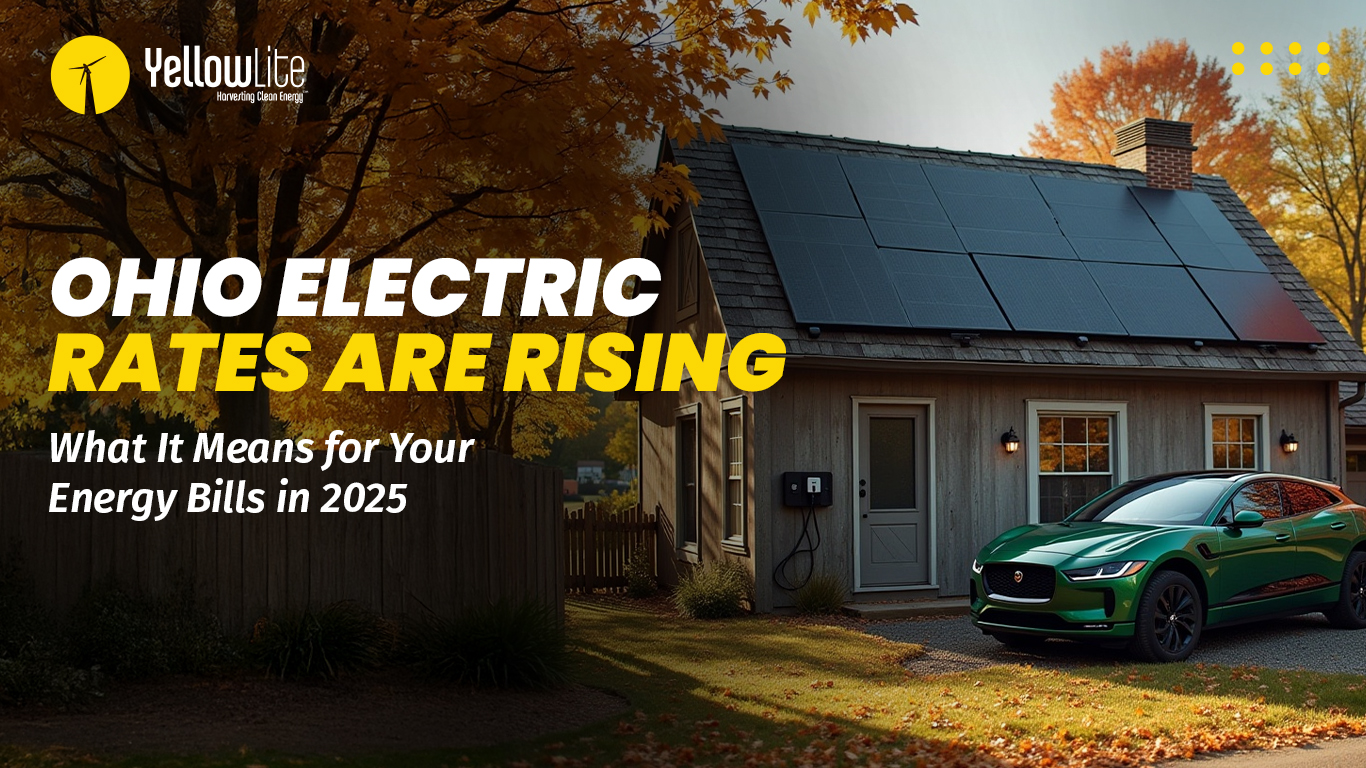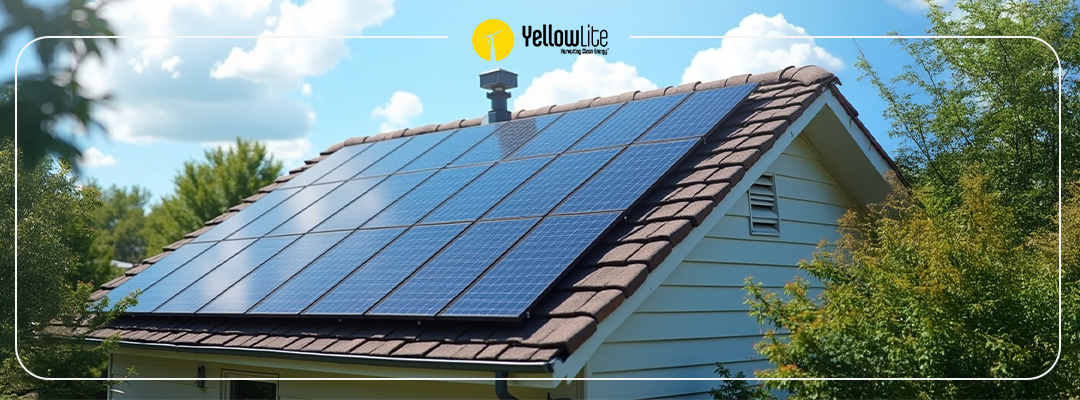Here at Yellowlite, we understand that going solar is a big decision, and many customers prefer sizing a system and preparing a budget before they speak with an installer. And other customers just want to DIY it!
In this blog post, we'll dig into the key considerations for sizing your residential solar setup: one that maximizes power generation and cost savings over time.
Read on to learn how to size your own solar system.
Overview of solar system sizing
It's important to size your system correctly to match your energy requirements and optimize energy production. A properly sized solar system will save you big money in the long run and reduce your carbon footprint.
Most residential customers need 20-25 solar panels to power their homes. Let's see where you fit in using this step-by-step process:
- Calculate your monthly electricity consumption by dividing the total kiloWatt hours (kWh) on last year's energy bill (kWh) by 12.
- Divide this number by 30 (days) to determine your daily usage.
- Calculate irradiance (solar hours per day) in your area using this NREL calculator or use this map for an estimate:
- Divide your daily electricity consumption by irradiance to determine your power requirements
- Multiply by 120% to account for expected degradation and inefficiencies. 6. Divide the product of #5 by the wattage of the solar panels you are considering
To summarize what we've done here, let's use a real-life example:
- The Green family used 12,000 kWh of electricity last year. 12,000 kWh/12 month = 1,000 kWh per month.
- 1,000/30= 33 kWh per day
- The Greens live in the Cleveland area, where Yellowlite's offices are. That area gets about 4 hours of irradiance/day.
- 33/4= 8.25 kW is the Green's average power requirements
- We multiply 8.25 kW by 120% for a 9.9 kW solar array.
- The Greens could use 24 400-watt panels to cover their project.
Note: some customers choose not to purchase arrays that cover their total electric consumption. If this suits you, you will calculate whatever percentage of your bill you want to offset with your solar array.
Now that you understand the calculations, what do your numbers look like?
Determine how much space you have available for your solar array.
Do you imagine rooftop solar when you picture your newly installed solar system? That's the most common option for residential customers but not the only option. Ground-mounted systems are often a possibility for customers for whom rooftop isn't an option.
Regardless of where you plan to install your system, you must measure space first. Account for 65*39 inches per unit for monocrystalline and polycrystalline solar panels with slight variance per manufacturer. These can be installed in various configurations that suit your situation, and we recommend tilting panels for maximum sun exposure.

Get it right with YellowLite.
Installing a solar array in your home is an exciting undertaking. Whether you're DIYing it or prefer to do your homework before talking to a sales rep, calculating your electricity needs, performing measurements, and having a budget is a great place to start.
Now that you know how to work the numbers, contact our team of pro-solar experts, and we'd be happy to help with any other questions you have.
Rather do it yourself? Start building your system today online!



